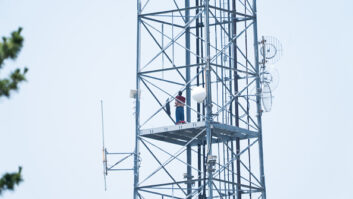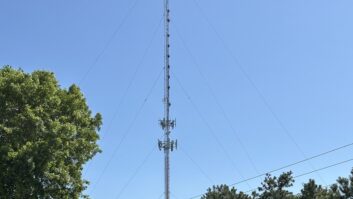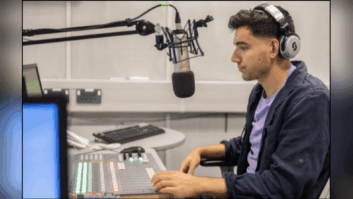A Radio World ebook explores trends in remote contribution. This article is excerpted from it. Hubbard Radio owns major radio news station WTOP and its sibling, the Federal News Network, in Washington, D.C. George Molnar is senior director of technology; Brian Oliger, CBT, CBNE, is technology manager.
RW: What are your organization’s primary forms of remote contribution?
Brian Oliger: Remote contributions come from our weather partner, NBC4 in D.C., usually via a [Comrex] Access line or via an audio file, as well as our reporters in the field, Skype, audio files, FaceTime and plain old phoners.
Of course we take internet- or satellite-delivered CBS news content, and sports, typically via Comrex Access. News anchors who haven’t been outfitted with an Access typically use Linphone software on their laptops or QGoLive from Harris Media to submit live or “as live” reports.
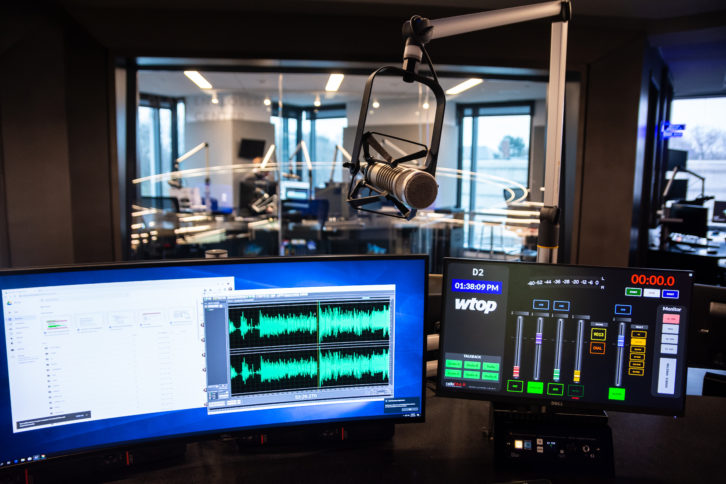
RW: How has the pandemic changed the way the organization views this topic?
George Molnar: If anything, we have come to rely on remote contribution more often. Some reporters do substantial work from home. Interviews via remote contribution have become easier with the addition of options like FaceTime and Skype, so we are more likely to include this kind of content, which is an advantage to our programming, for sure.
RW: Are there particular products that play a key role?
Oliger: Certainly Comrex Access has been the workhorse for delivering our contributions. For those who don’t have an Access, we’ve settled on Linphone software on a laptop as the next-best alternative. Paired with a quality USB mic, it sounds very good.

During COVID, we tried various USB microphones and somewhat standardized on the M-Audio Uber Mic for many of our at-home contributors. It has excellent quality and provides a standardized sound for remotes. Plus, it makes troubleshooting that much easier when we limit the number of different devices to support.
RW: Is there a product or feature that you wish manufacturers would add?
Oliger: One feature that we have seen in some products but wish would be more widely adapted is an easy way for non-technical staff to judge the quality of the connection from the remote end. Some products provide more technical tools to assess the quality of the connection, measure jitter and latency, etc., but one product in particular that we use, QGoLive, has a simple display that any non-technical user on the studio end can use to tell if the remote connection is solid, or may be subject to a significant delay.
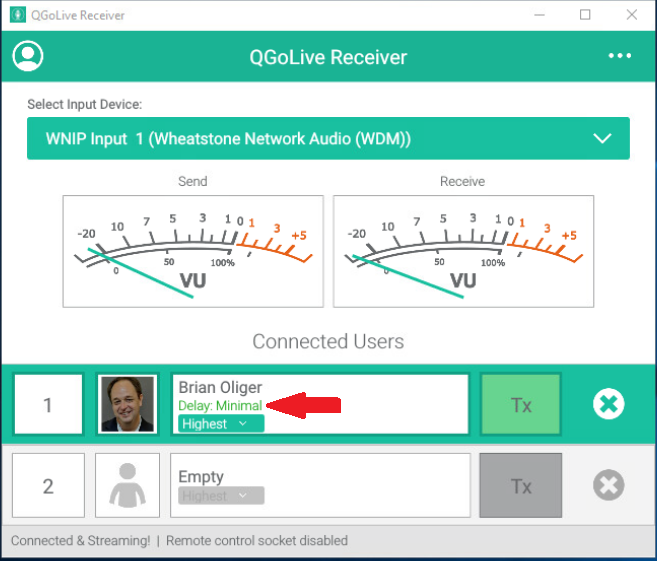
RW: We hear a great deal about virtualization of the air chain. What are the implications for remote audio?
Molnar: In a virtualized production environment, everything is a remote contribution. The lessons learned today will go a long way towards informing technical and operating decisions in the future, when it’s pretty inevitable that more and more airpaths will live in the cloud.

The comfort gained with remote operations so far has, I think, made us more amenable to making the break from traditional infrastructure. Since we know that we can (mostly) trust things remotely, we’re more able to accept the leap to a highly virtualized and cloud-first environment.
RW: What misconceptions do many people have about remote audio?
Molnar: Remote audio can sound just as good as studio-based audio. Being “elsewhere” is no longer synonymous with “lower quality.”
We recently had a remote contribution from one of our reporters deployed to Estonia that sounded every bit as clear and high-quality as being in the studio with our anchors. Digital audio and processing has done wonders for our ability to provide a consistent, high-quality product for our listeners.
RW: What technical features of a codec are crucial to look for?
Oliger: You want a (hardware) codec that can support as many audio codecs as possible, for maximum flexibility and interoperability. For example, Opus is one of the newer codecs that is now considered a standard. You want to make sure the codec supports SIP for interoperability. In terms of physical connections, having a USB port that supports audio would be a nice feature so that a user could utilize one of the many good quality USB mics that are currently on the market.
